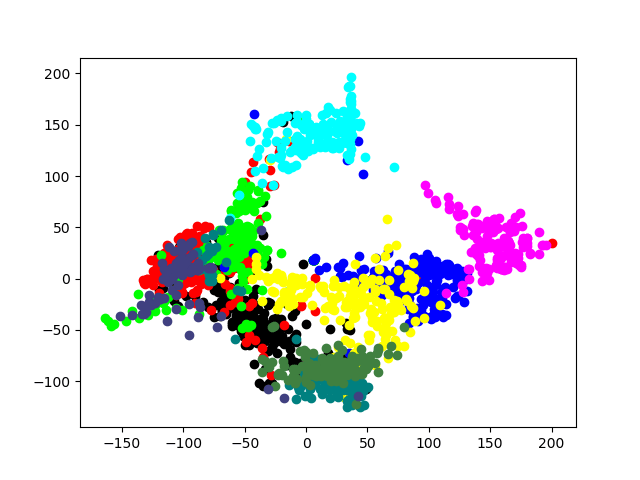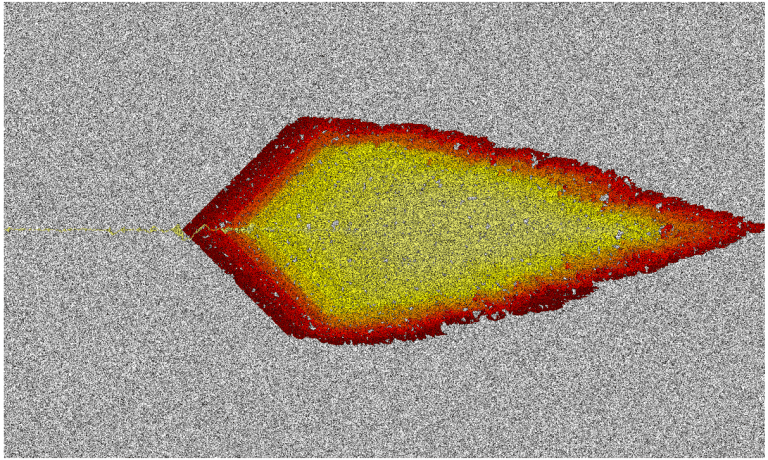
Machine Learning & AI Articles
We’re curious people by nature. And we love to teach others what we’ve learned. So explore our blog to gain fresh insights from our expertise in areas ranging from culture to AI.
SEP Selected as a Nominee for TechPoint’s Innovation Mira Award
TechPoint has announced the nominees for its 25th annual Mira Awards, highlighting the most innovative companies, universities, and organizations in Indiana’s tech sector. The awards celebrate achievements across various categories, including the Innovation Partner of the Year. Nominees in this…
Read Full Post

Natural language processing (NLP) describes the interaction between human language and computers.More specifically, natural language processing is the computer understanding, analysis, manipulation, and/or generation of natural language. It’s a component of text mining that performs a special kind of linguistic analysis that essentially help a machine “read” text. NLP uses a variety of methodologies to […]
Read Full Post

Using Pipelines to Lower Barriers To Entry in Machine Learning
Many people are keenly interested in machine learning, and with good reason. Machine learning is applicable to a wide variety domains, including engineering, education, healthcare, and government. The broad applicability of machine learning is a double edged sword: Although an ever increasing pool of people want to use machine learning, a decreasing portion of them […]
Read Full Post

Tiledriver – Making Wolfenstein 3D Levels with Machine Learning
This is the second post in my series on the value of personal projects. See the first one for more context. Marrying the Old with the New Tiledriver was an attempt to create levels for the classic 1992 game Wolfenstein 3D using machine learning. I thought this would be a fun challenge since I didn’t […]
Read Full Post

Getting Started with NLP and Python
Natural Language Processing (NLP) is a method of computer interaction at the intersection of human language, computer science, and machine learning. It can be thought of as a way of helping computers interpret text and speech as a human would, including understanding the subject, context, or both. This blog post will focus on getting started […]
Read Full Post

Accidental AI: 5 Everyday AI Problems
Introduction People often ask questions like “What is AI?”, or “Is AI worth of the hype?”.Both questions are non-trivial to answer, but let’s start with the first one:”What is AI?”. This is a perennial favorite at academic conferences on AI for a few reasons: Every AI researcher has to have an opinion, since it’s their […]
Read Full Post
Planning for Randomizers
Introduction I’m a big fan of videogames. I like small, well defined boxes where I can get better at some task. I like measuring myself against my peers. As such, it’s probably no great surprise that I like speedrunning and randomizers. For the unititiated, speedrunning is trying to beat some game as quickly as possible. […]
Read Full Post
Distributing Depth First Search to the Masses
Last Time Last time we talked about techniques for exchanging processor (and developer) time for reduced will clock time in heuristic search. In other words, we talked about how to use multiple cores on a single machine to solve a problem faster. That worked pretty well, but we noticed that it couldn’t scale beyond the […]
Read Full Post
Parallel Problem Solving
Last Time Previously, we looked at a technique for reducing the memory footprint of a heuristic search. We talked about why it was important to reduce the memory consumed by a search. Even if we move heaven and earth to reduce memory consumption, heuristic search is still prohibitively expensive in terms of time. Learning Goals This […]
Read Full Post

Trying Deltas For A Change
Last Time Last time we took a look at how improved bounds computation and child ordering can improve the performance of heuristic search algorithms. In particular, we saw how those techniques improved the performance of depth first search (or depth first branch & bound if you prefer) when applied to the TSP. Even though we […]
Read Full Post